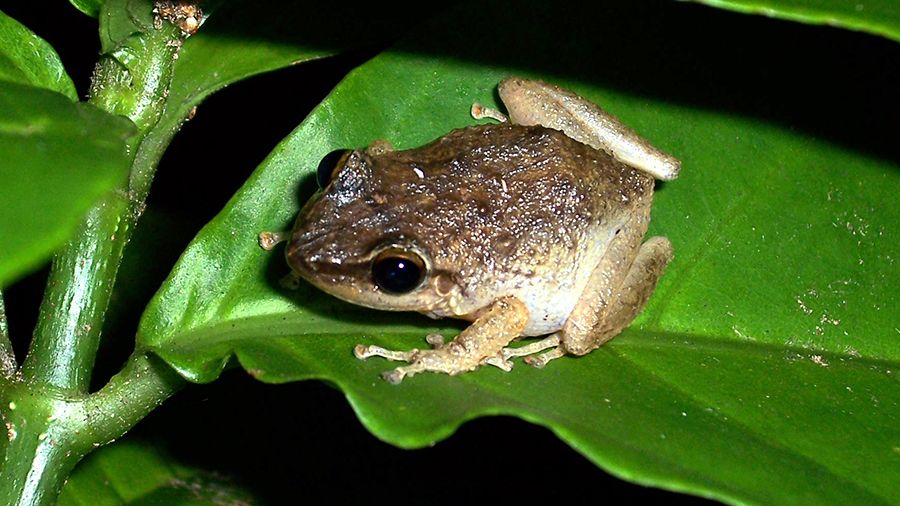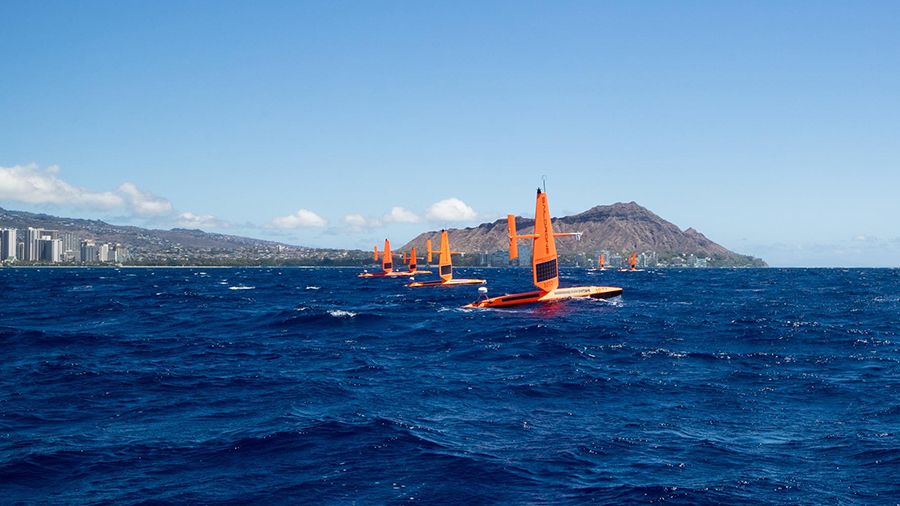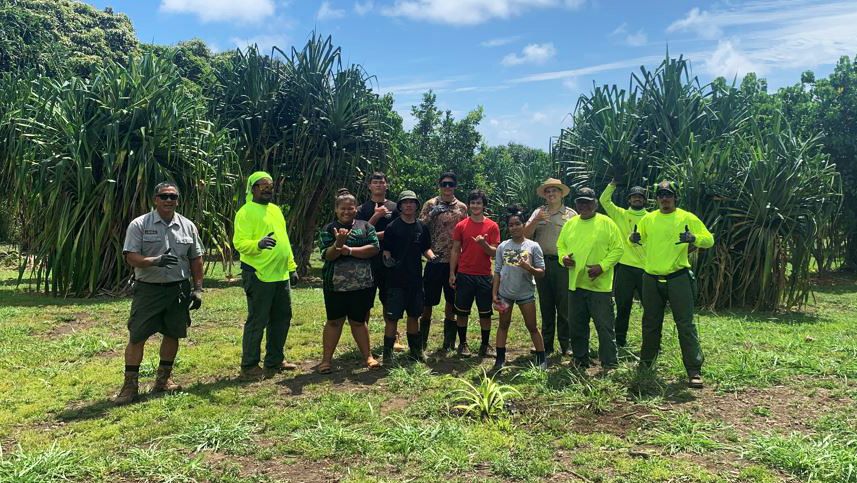HONOLULU — Little fire ants, coqui frogs, the coconut rhinoceros beetle, not to mention miconia, pampas grass, albizia trees, and many more insects and plants have made the news over the years as invasive species. The common thread is that they have all been introduced into the Hawaiian Islands either by air or via ship.
The Hawaii Invasive Species Council presents the 2023 Hawaii Invasive Species Awareness Month. Its theme, “Mythbusters,” addresses “misconceptions about invasive species that are often misunderstood.”
Throughout February, the Hawaii Invasive Species Council brings attention to invasive species and the detriment they cause to the environment, economy and human health with a range of webinars and in-person activities on each of the four main islands, as well as awards presented to businesses and individuals who have made a difference in addressing invasive species.
Webinars begin Feb. 6 with an explanation and examples of this year’s “Mythbusters” theme. An overview of a few topics includes using the naturally occurring Wolbachia bacteria as a form of birth control to help save the endangered native honeycreepers (Feb. 13); invasive plant sales and what residents could unknowingly bring into the islands, especially if you buy seeds on the internet (Feb. 16); learn how the coconut rhinoceros beetle is spreading as it marks its 10th year in the islands (Feb. 21); and more.
Nonprofit organizations and agencies on Oahu, Kauai, Maui and Hawaii Island are also offering a variety of in-person volunteer and educational opportunities, some of which are ongoing.
Register for the webinars and find information about in-person opportunities by clicking the HISAM link above.
Sarah Yamanaka covers events, environmental and community news for Spectrum News Hawaii. She can be reached at sarah.yamanaka@charter.com.








